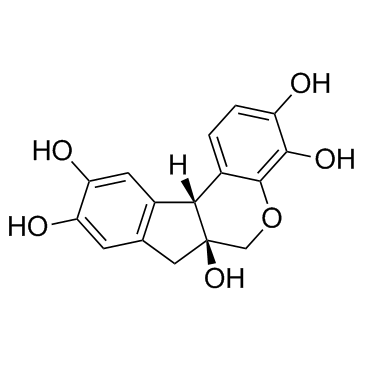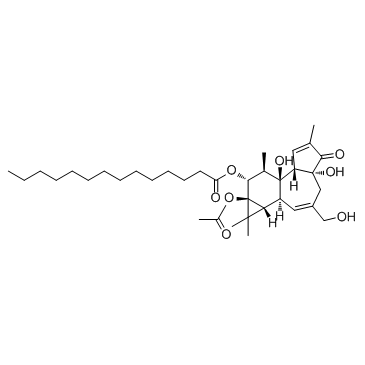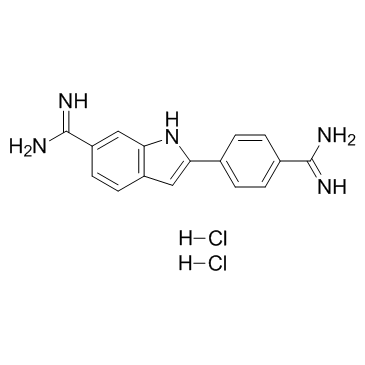| Structure | Name/CAS No. | Articles |
|---|---|---|
 |
Hematoxylin
CAS:517-28-2 |
|
 |
12-O-tetradecanoylphorbol-13-acetate
CAS:16561-29-8 |
|
 |
4',6-Diamidino-2-phenylindole dihydrochloride
CAS:28718-90-3 |
|
 |
T0901317
CAS:293754-55-9 |
|
 |
2-Phenylindole
CAS:948-65-2 |